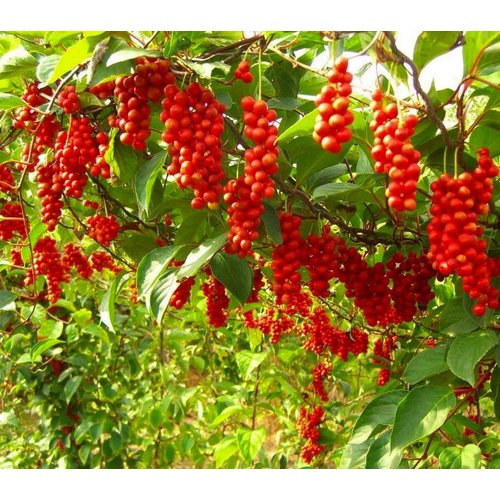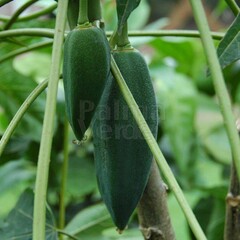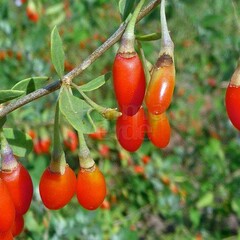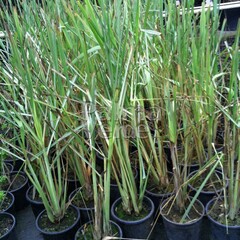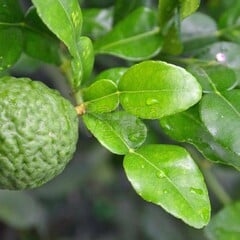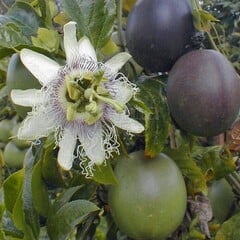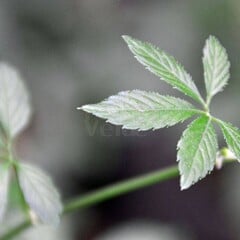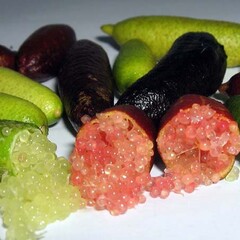Schisandra chinensis (Sadova nr.1) is also called pepperberry because of its taste. This highly medicinal fruit-bearing plant is used in Chinese during Chinese Han Dynasty in traditional Chinese medicine.
Eating the fruits prevents fatigue and promotes a fit feeling for both mental and mental performance.
Phytotherapists use Schisandra for fatigue, lack of energy, stress, reduced memory improvement, better stamina, preventive aging and depression.
This plant may not be missing in the list of superfood plants.
In China, the plant is also called wu wei zi . This means 5 flavors of fruit.
The peel tastes sweet, the flesh is lightly sour, the seeds bitter to the wings and the inner part of the seeds salt.
The Schisandra chinensis is a winter-hardened climber and can be more than 6 meters high without pruning. In spring around May / June, white / yellow appear to pink star-shaped flowers. The plants must be about 4 years old for the first bloom.
In the course of summer, white berries appear in elongated breeds.
The berries have a diameter of 5 to 8 mm and if ripe red at the end of summer. These berries can be eaten freshly. But if you have too much, drying the berries is a great option to process them later in tea or soda etc.
The berries of this medicinal climbing plant contain a high concentration of vitamin E and many minerals such as iron, magnesium, potassium, copper, nickel, phosphorus and molybdenum.
This winter-hardened climbing plant can be planted in a planted plot or full land with some climbing aid. Also a good plant to grow a pergola. In winter the Schisandra loses its leaves.
Winter hardness zone 7a (-17ºC).





